
Join 10k+ people to get notified about new posts, news and tips.
Do not worry we don't spam!
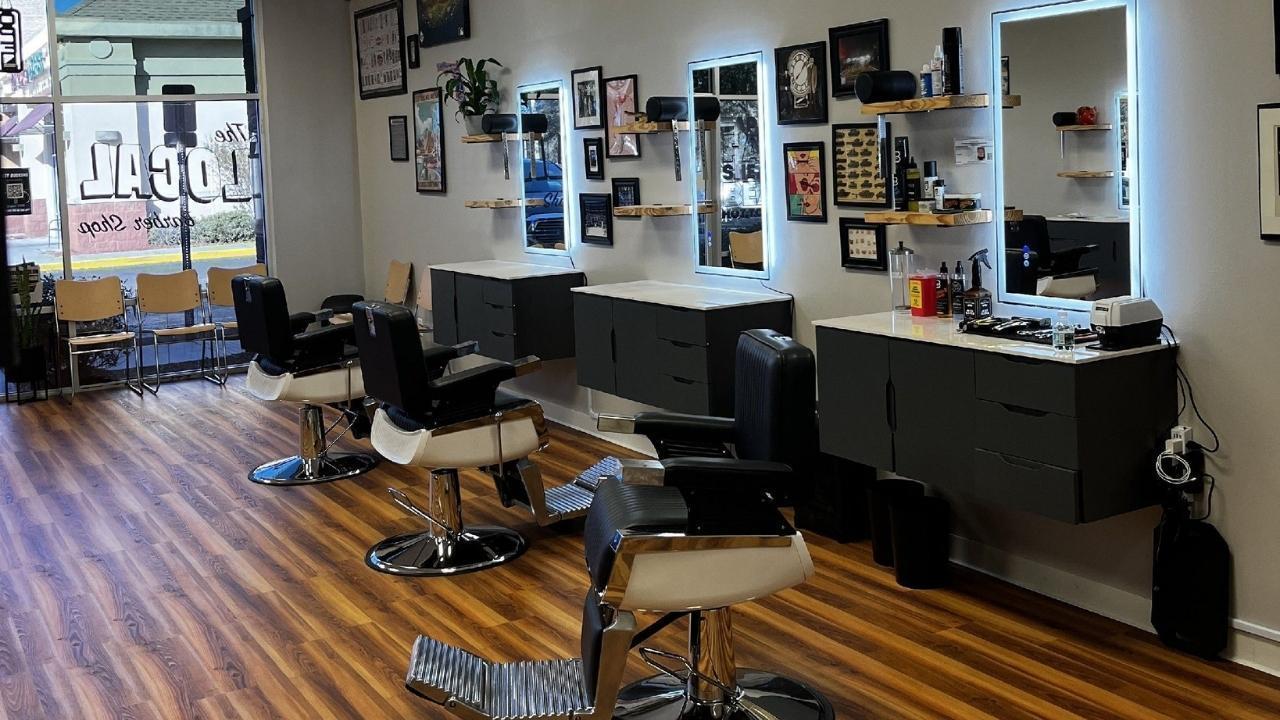
Post by : Anis Farhan
Amid modern grooming chains and glossy men’s salons, the humble traditional barbershop continues to hold its ground. Walk into any older neighbourhood—whether in a metropolitan centre or a buzzing city edge—and you will find at least one barbershop operating as a community constant. Despite the pressures of changing trends, high rentals, digital booking apps and shifting lifestyle preferences, these small businesses remain surprisingly resilient.
This survival is not accidental. Traditional barbershops thrive because they offer something larger than grooming: a sense of belonging, familiarity and comfort. In many cities, they become a place of routine. People visit not just for a haircut but for conversation, familiarity and a sense of rootedness in a constantly shifting urban world.
To understand their endurance, we need to look beyond economics and aesthetics. Their resilience is deeply social.
One of the strongest reasons traditional barbershops survive is the relationship between the barber and the client. Unlike modern salons, where staff frequently change, a neighbourhood barber often serves the same family for years—sometimes generations.
The barber remembers your hairstyle preferences
He knows your comfort level
He understands what suits your face
He recognises your routines
He values your loyalty
This personal attention creates trust. In a world full of unfamiliar experiences, traditional barbershops offer stability and continuity.
For many men, a barber’s chair is a place where they can relax without pretense. There is no pressure to “look fashionable” or “fit an aesthetic.” You just walk in, sit down and let the barber do what he does best. That sense of ease is priceless in a modern city where everything feels rushed.
Modern grooming studios often come with premium pricing—charges for styling, hair spa, beard shaping, grooming packages and more. Traditional barbershops, on the other hand, remain accessible.
They offer consistent, low-cost services
They keep grooming affordable for students, daily wage workers, middle-class residents and seniors
They rarely change prices drastically
They allow walk-ins without service charges or membership fees
In a city where expenses rise constantly, the barbershop provides a reliable, budget-friendly option that keeps steady footfall.
City residents often need time-efficient grooming. Traditional barbershops excel here.
No long waiting due to complicated procedures
Haircuts completed efficiently
Walk-in culture makes the process easy
Barbers understand the need for speed without compromising quality
This convenience is especially important for office-goers, students, gig-workers and older residents who dislike the long stays required at modern salons.
Barbershops thrive on word-of-mouth. In tightly-knit communities, reputation spreads fast—both good and bad. Many barbers have been in business for decades, building trust slowly.
People rely on local recommendations
Regular customers act as unofficial brand ambassadors
Neighbours trust a familiar business more than a large chain they don’t personally know
The shop becomes a local landmark
A modern salon might depend on marketing, but a barbershop depends on relationships.
Even though they maintain their old charm, barbers are not stuck in the past. Many have adapted subtly, blending tradition with modern relevance.
Barbers now often use:
Electric trimmers
Modern scissors
Faster clippers
Improved razors
Hygienic equipment
But the heart of their method remains classic hand-skill and precision.
While older customers still prefer classic cuts, younger visitors may request fade cuts, textured looks, side-part variations or styled trims. Barbers who quickly learn these survive better.
As beard culture grows, many barbers now offer:
Beard shaping
Trimming
Line-ups
Hot-towel shaves
These additions increase customer engagement without turning into a full salon.
Traditional barbershops often double as mini-community hubs. People chat while waiting, share neighbourhood updates, discuss local events and exchange banter.
The barbershop becomes a familiar social space
Locals feel connected and seen
Conversations create loyalty
The place feels human, not transactional
In cities where loneliness is rising, community-driven spaces are more valuable than ever.
Barbershops often carry cultural identity. They preserve traditional grooming rituals, including hot-towel shaves, oil massages, precise beard contouring and specific haircut styles that reflect regional heritage.
Many rituals—like applying specific oils, performing post-haircut massages or using herbal aftershaves—are part of older grooming traditions. Keeping them alive adds cultural richness to modern urban life.
Barbering is often a family trade. Skills pass from father to son, uncle to nephew, preserving craftsmanship and technique. This continuity enhances the barbershop’s authenticity.
The barbershop is an efficient business model with low overhead costs.
Minimal staff
Small shop size
Basic utilities
Affordable rent
Low-cost maintenance
This makes the business model resilient, even during economic slowdowns where larger salons suffer.
While earnings may not be high, steady customer flow ensures stable income. Barbers rarely face complete off-seasons since grooming is a recurring need.
Modern salons offer style, ambiance and premium branding. Traditional barbers counter this with strengths salons can’t replicate.
Barbers treat each client individually, not as a “slot” in a schedule.
You know exactly what haircut you’ll get. No surprises.
Most barber shops are located within walking distance.
No overhead = lower rates.
Modern salons may come and go, but the neighbourhood barber stays.
Interestingly, a surprising trend is emerging: younger customers—teenagers and early professionals—are returning to traditional barbershops.
Affordability
Authentic vibe
Skilled hands-on technique
Retro appeal
Community atmosphere
Quick service
Personalised trim and beard shaping
In some neighbourhoods, barbershops are becoming retro-cool.
During the pandemic, traditional barbershops were among the hardest-hit small businesses. But post-pandemic, many customers returned faster than expected.
People trust neighbourhood services more
Many salons closed, but barbershops re-opened quickly
Locals wanted simple, affordable grooming
The comfort and familiarity of the barbershop became reassuring
The comeback story reveals how deeply embedded barbershops are in local life.
Despite their survival, the landscape isn’t without challenges.
Urban commercial spaces are becoming expensive.
More young people seek styled looks.
Premium brands offer ambience difficult for barbers to match.
Many barbers still do not use online payments or digital booking.
Younger generations may not always want to take up the trade.
Yet, despite these obstacles, barbershops find creative ways to endure.
The barbershop’s future looks promising—not because it is modern, but because it is timeless.
More barbers adopting digital payment
Small upgrades in shop interiors
Youth involvement in the trade
Mixing old techniques with modern cuts
Continued relevance due to trust and community ties
Traditional barbershops will not disappear—they will evolve quietly.
Traditional barbershops survive because they offer what modern cities are losing: warmth, connection, familiarity and human skill. Beyond just a haircut, they provide a grounding experience—a reminder that in a fast, tech-driven world, some things remain beautifully simple.
Their survival is not just a business story; it’s a cultural one. As long as people value personal touch, trust and community, the barbershop will remain a beloved fixture of city life.
This article is for editorial and informational purposes only. Local business conditions, grooming practices and cultural contexts vary across cities. Readers should adapt insights based on their region and individual experience.
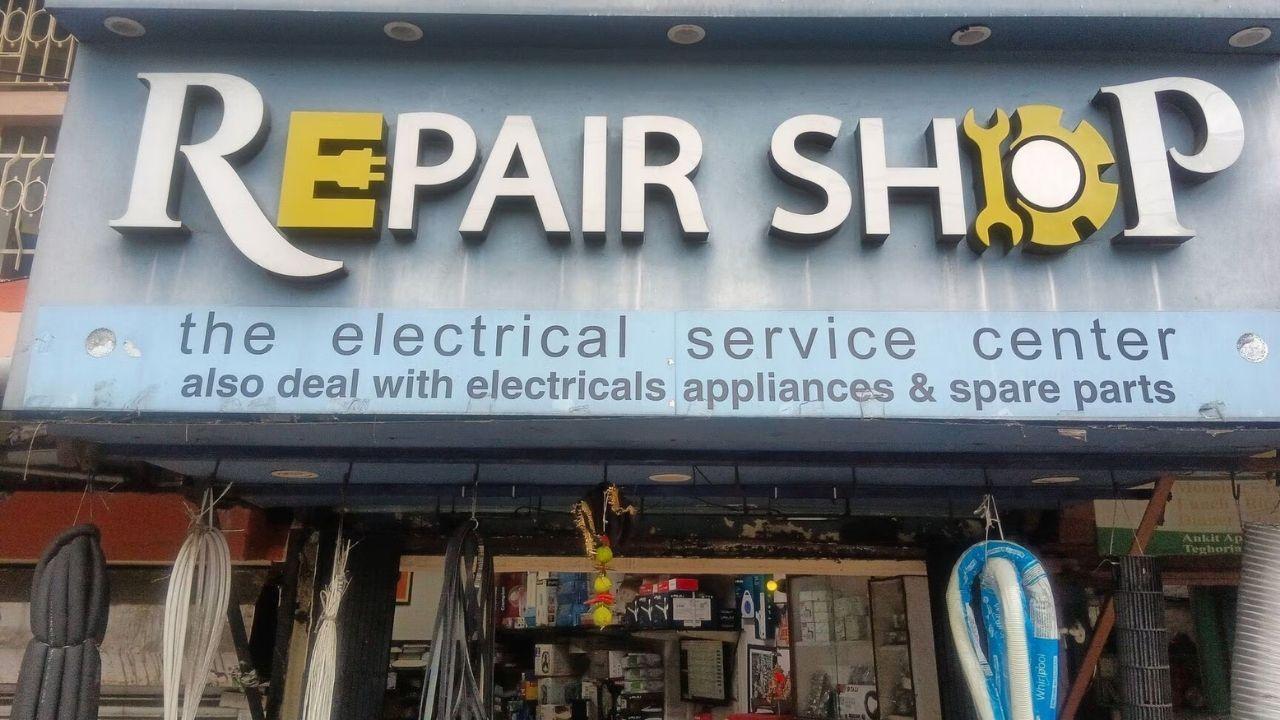
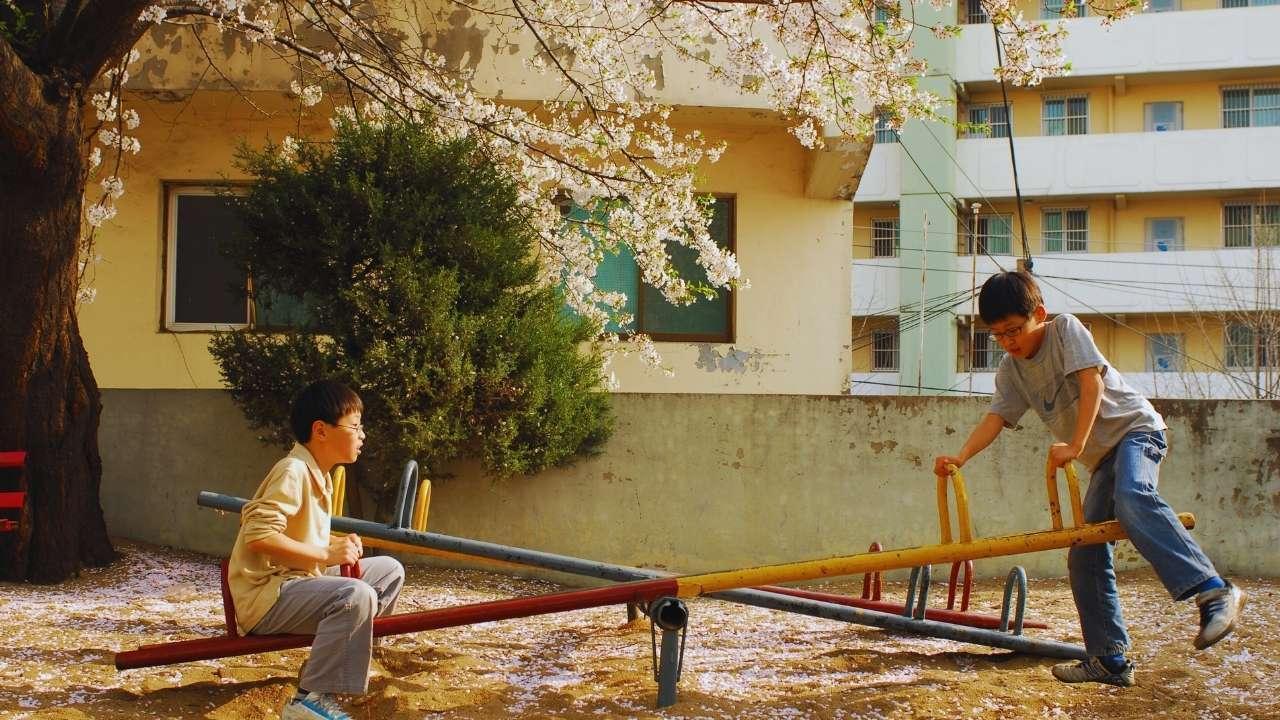

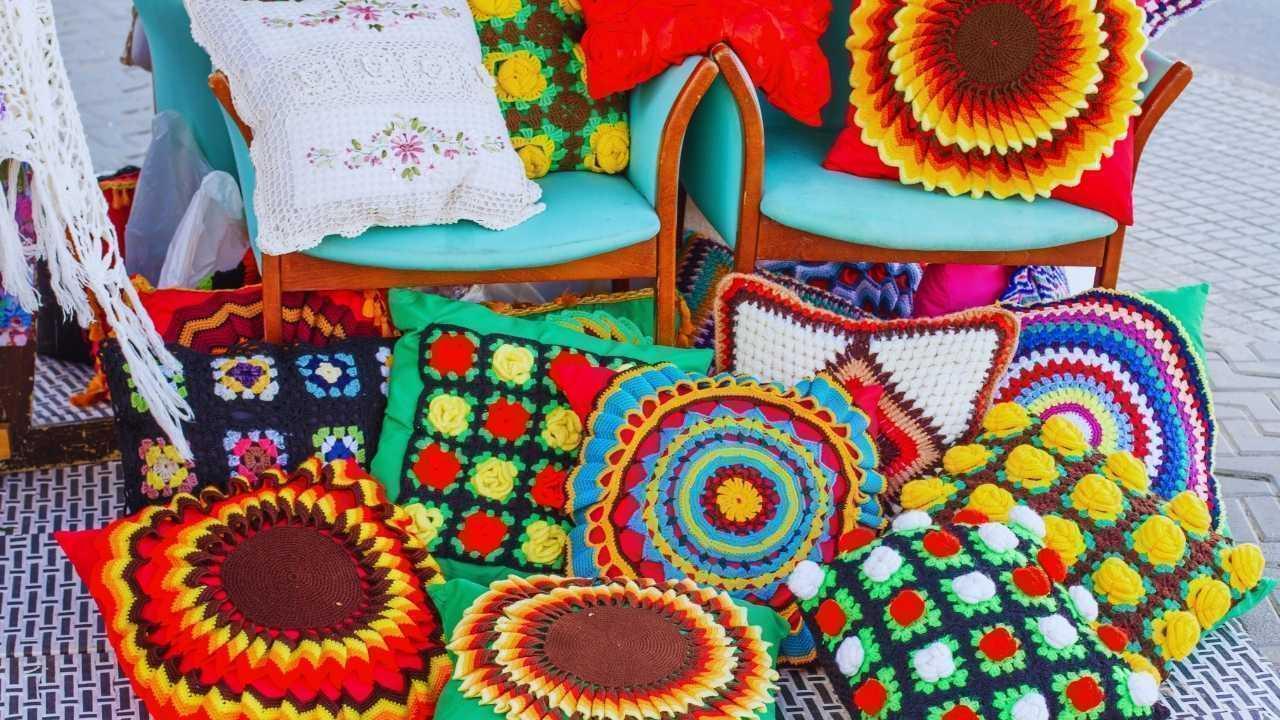

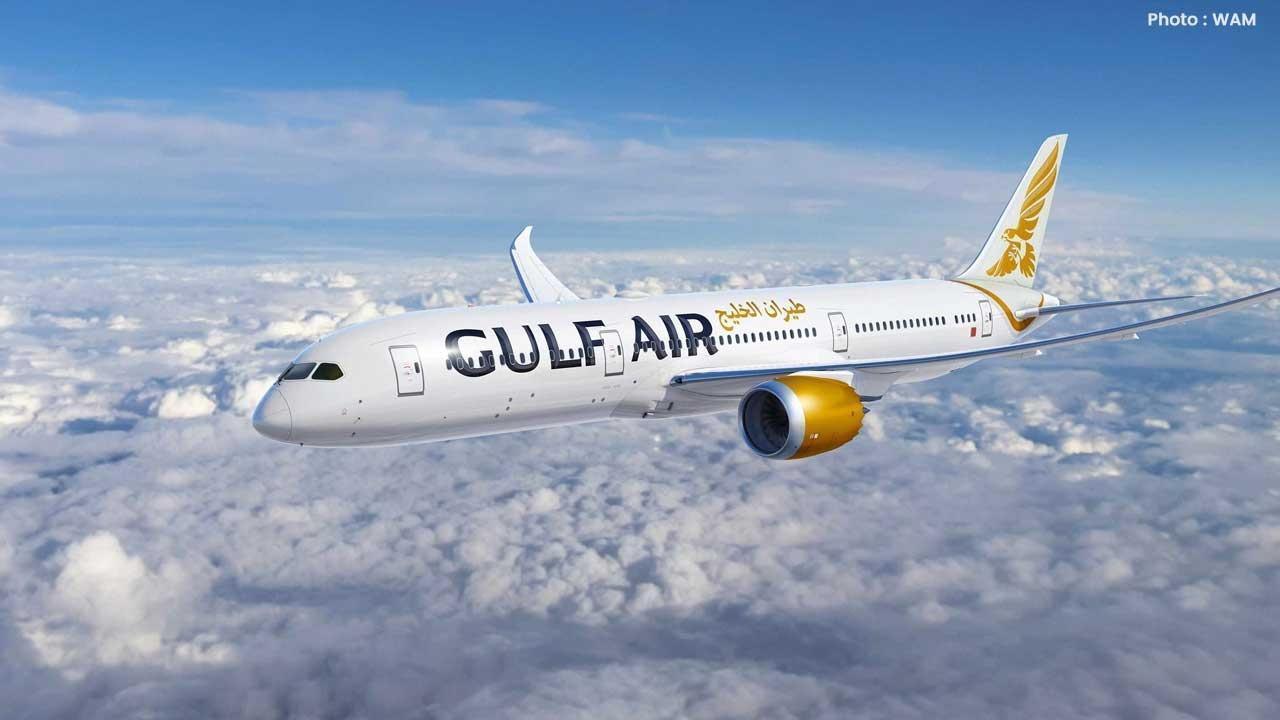
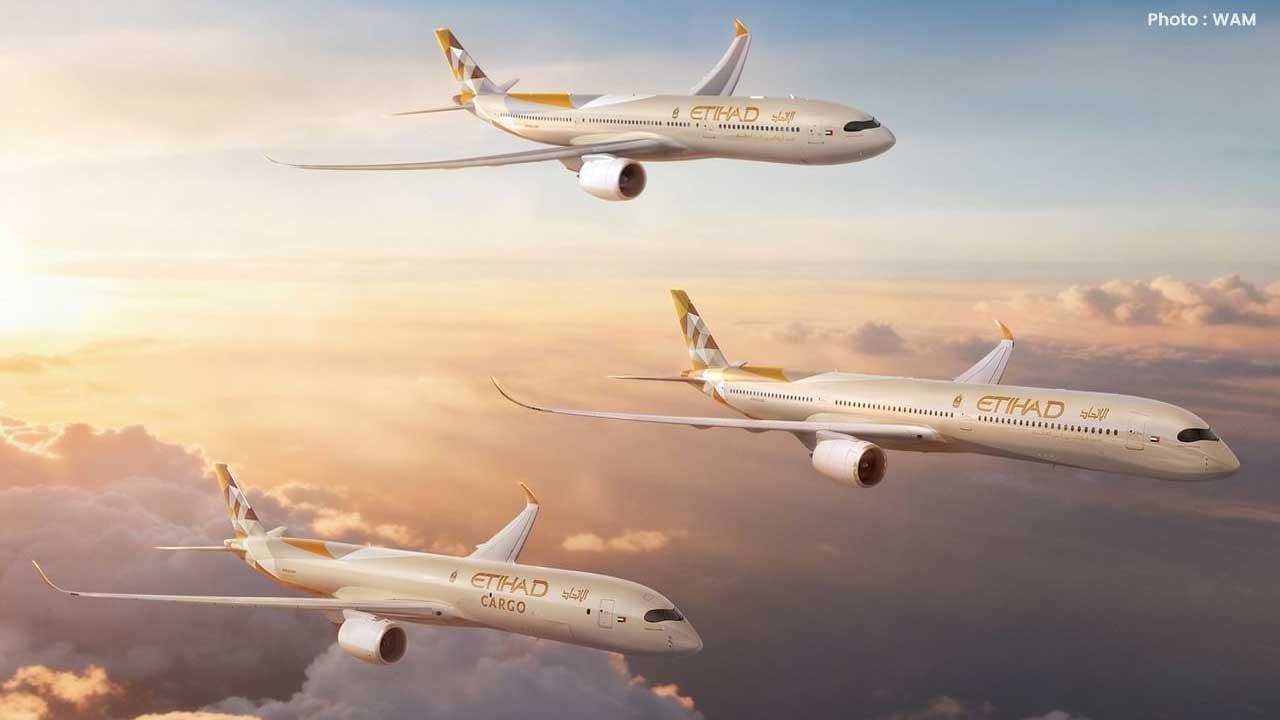

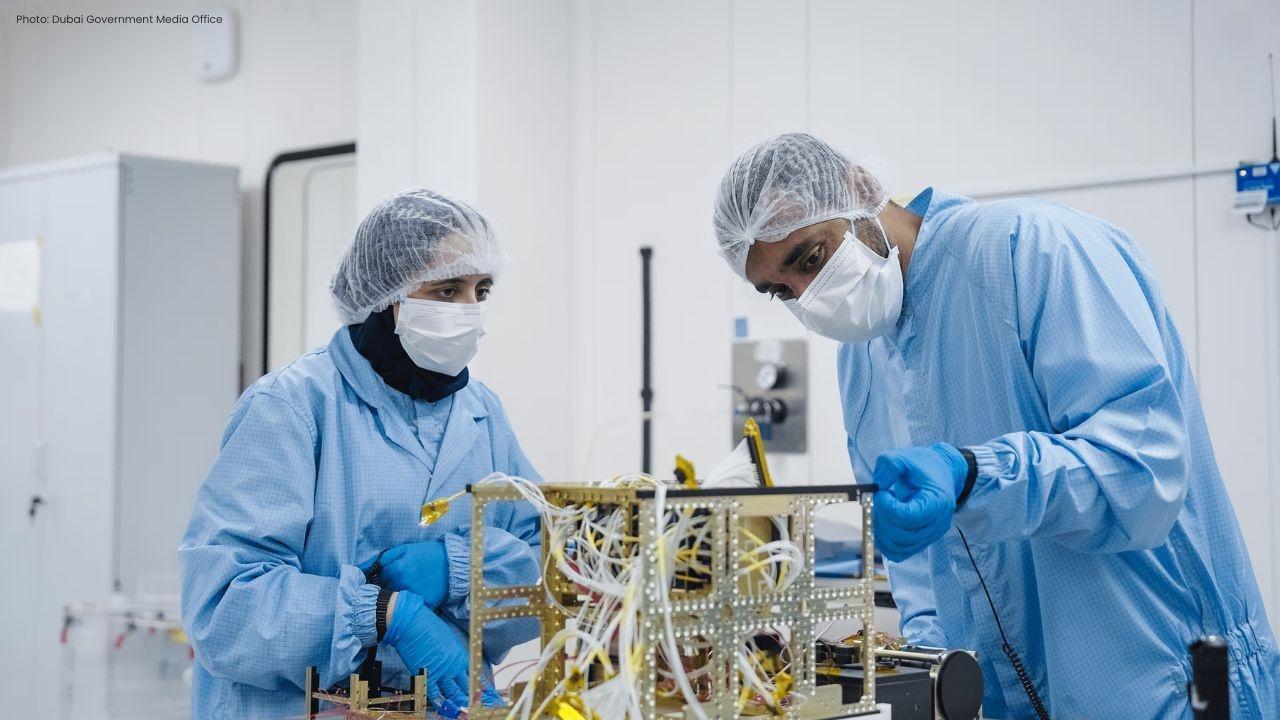

Rashmika and Vijay: A Journey of Love and Support
Vijay and Rashmika charm fans with their romance, as she shares insights on love and relationships a

Abu Dhabi Welcomes Round Two of the Formula 4 Powerboat Championship
The UAE's Formula 4 Powerboat Championship returns to Abu Dhabi Corniche, featuring local and intern

India A Set to Challenge Oman in Asia Cup Rising Stars 2025
India A gears up to face Oman in the Asia Cup Rising Stars 2025, seeking to recover after a previous

Keisuke Honda Optimistic About Japan's 2026 World Cup Chances
Keisuke Honda is confident that Japan's talented team can make a deep run in the 2026 World Cup, aim

Koeman Commends Netherlands Team Ahead of 2026 World Cup
Ronald Koeman celebrates the Netherlands team's 4-0 victory over Lithuania, praising the squad's dep

Tuchel Aims to Reintegrate England Stars Ahead of World Cup
England manager Tuchel will reach out to dropped players like Alexander-Arnold and Bellingham, aidin